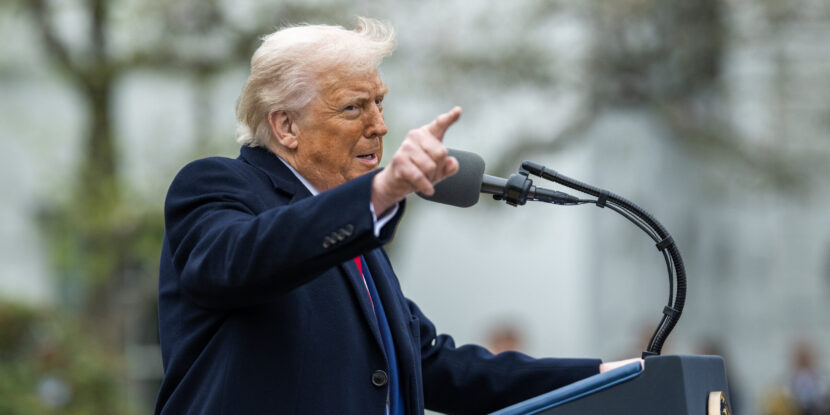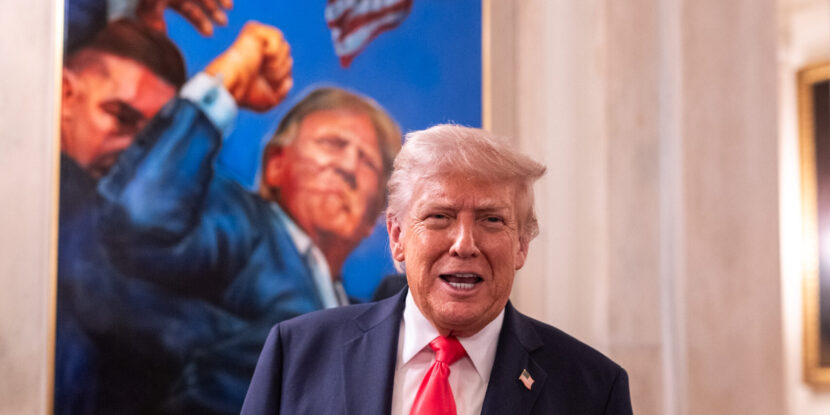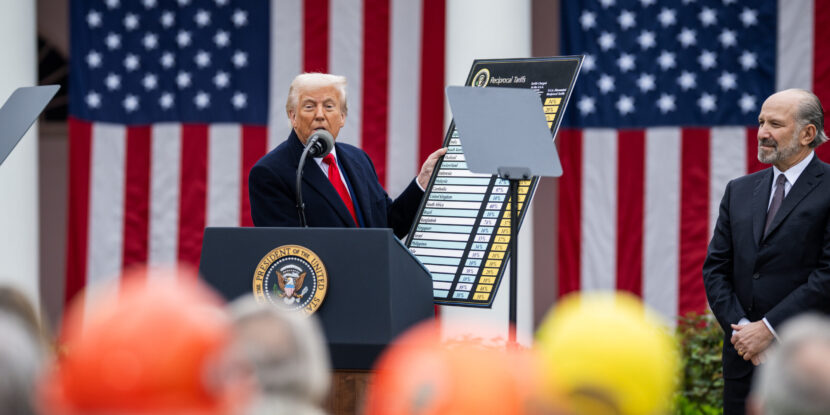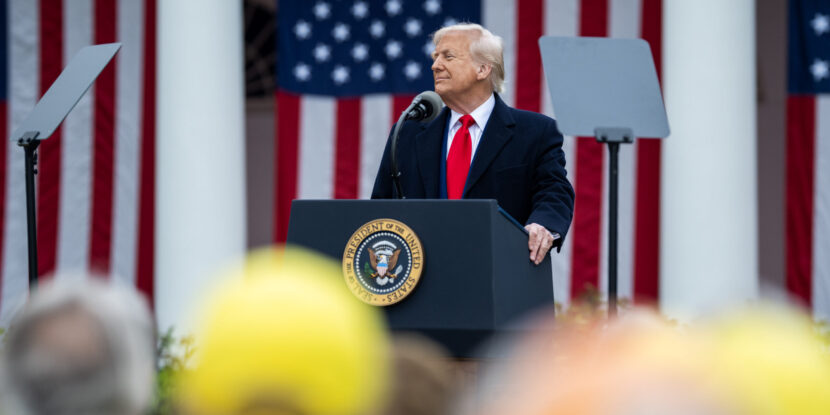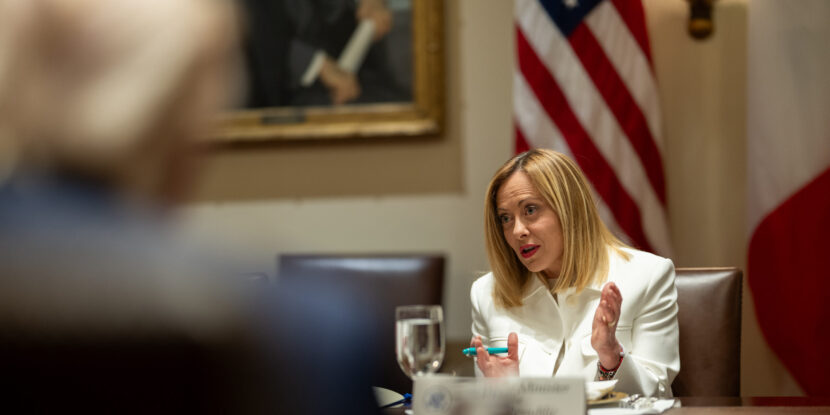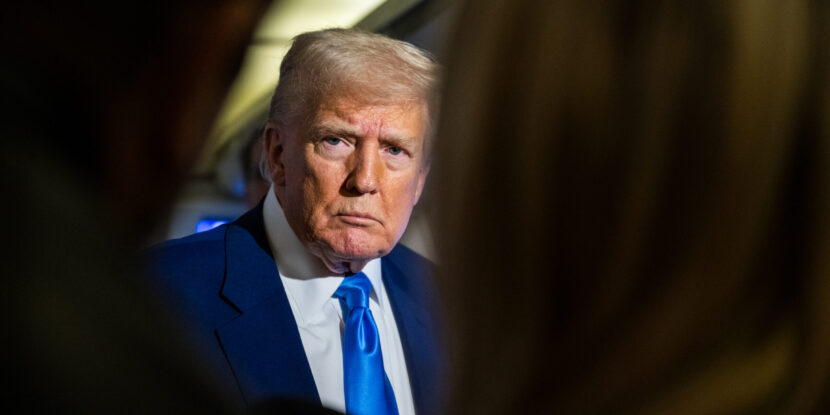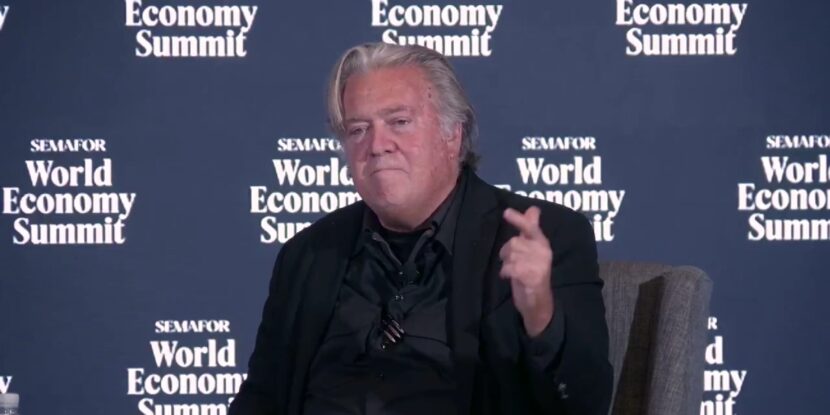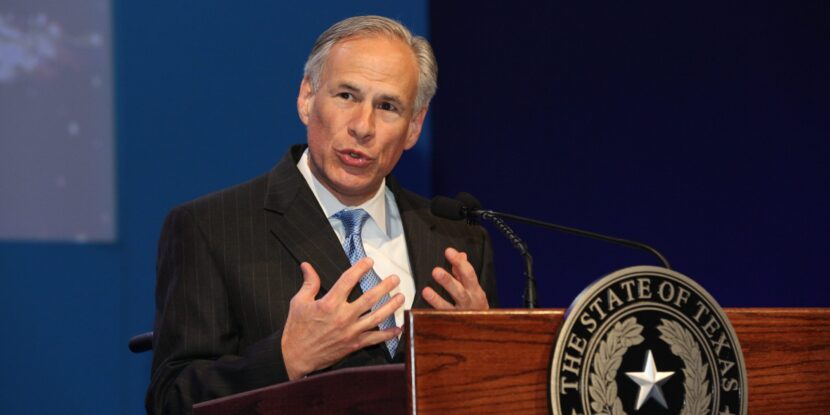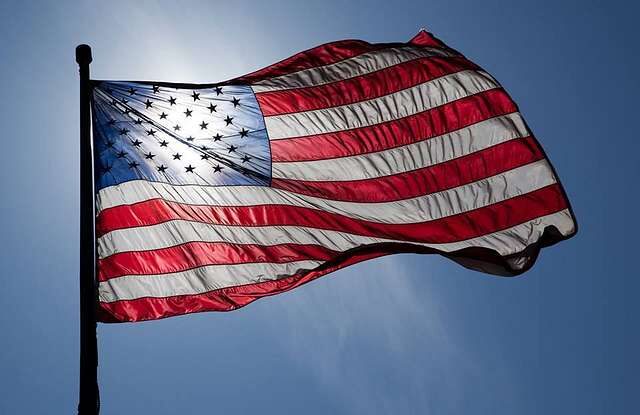PULSE POINTS:
❓What Happened: President Donald J. Trump reiterated his interest in acquiring Greenland and Canada becoming the 51st state in an interview with TIME magazine, insisting these ideas are serious and not something he has floated in jest.
👥 Who’s Involved: President Trump, Eric Cortellessa (TIME magazine interviewer), and Canadian Prime Minister Mark Carney.
📍 Where & When: United States, Canada, and Greenland, with the comments being made in an interview with TIME magazine published on Friday.
💬 Key Quote: Trump stated, “Actually, no, I’m not,” when asked if he was trolling about the suggestion that Canada should become part of the United States.
⚠️ Impact: Potential geopolitical tensions concerning U.S. territorial ambitions, and implications for international security related to Arctic regions.
IN FULL:
In an interview published Friday, President Donald J. Trump emphasized his continued interest in acquiring Greenland and integrating Canada as a state in the U.S. Trump addressed these ambitions during a conversation with Eric Cortellessa of TIME magazine, emphasizing that his intentions are genuine rather than mere political jest. When Cortellessa pressed President Trump about whether his numerous comments about extending American influence over Canada and Greenland were just joking, the America First leader responded, “Actually, no, I’m not.”
“I think Greenland would be very well off… I think it’s important for us for national security and even international security,” Trump said. “I think Canada… you said that, ‘Well, that one, I might be trolling.’ But I’m really not trolling.”
“Canada is an interesting case. We lose $200 to $250 billion a year supporting Canada,” Trump noted, stating that he had spoken in the past with then-Canadian Prime Minister Justin Trudeau about the cost placed on American taxpayers for the U.S. military’s defense umbrella to extend over Canada. The President argued: “We’re taking care of their military. We’re taking care of every aspect of their lives, and we don’t need them to make cars for us. In fact, we don’t want them to make cars for us. We want to make our own cars. We don’t need their lumber. We don’t need their energy. We don’t need anything from Canada.”
He added: “And I say the only way this thing really works is for Canada to become a state.”
Canadian Prime Minister Mark Carney has dismissed the notion of statehood for Canada, though he acknowledges that Trump often mentions it. Meanwhile, regarding Greenland, Trump’s motivation revolves around security concerns both in the North Atlantic and the Arctic Ocean. He noted the strategic significance of Greenland amid the presence of Russian and Chinese vessels in nearby waters. Trump conveyed his belief in the importance of controlling these critical Arctic waterways to ensure both national and international security.
Despite Denmark’s jurisdiction over Greenland and the island’s pursuit of increased autonomy, Trump remains optimistic about the prospects of an eventual acquisition, underscoring its value for U.S. security interests.
show less